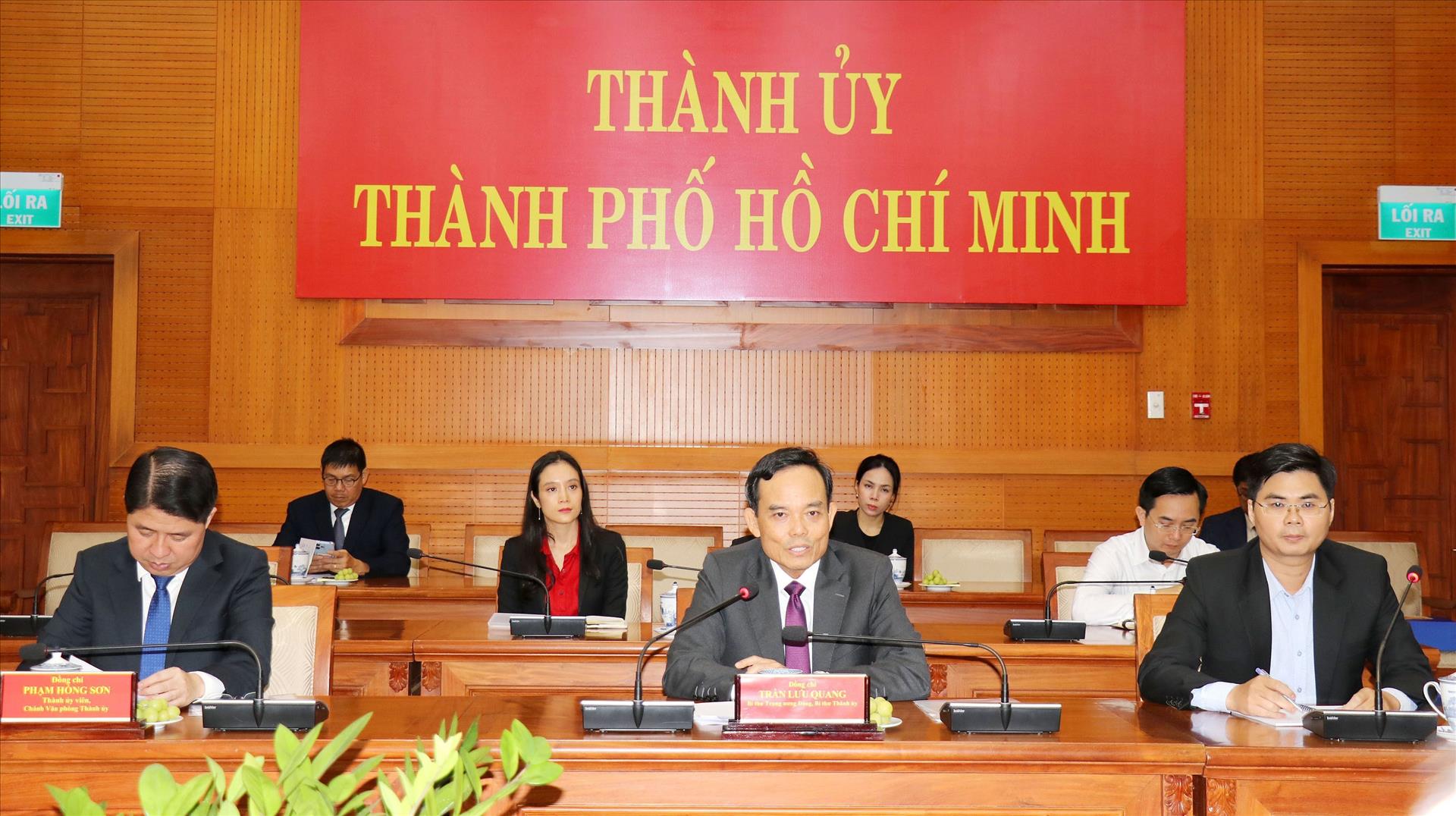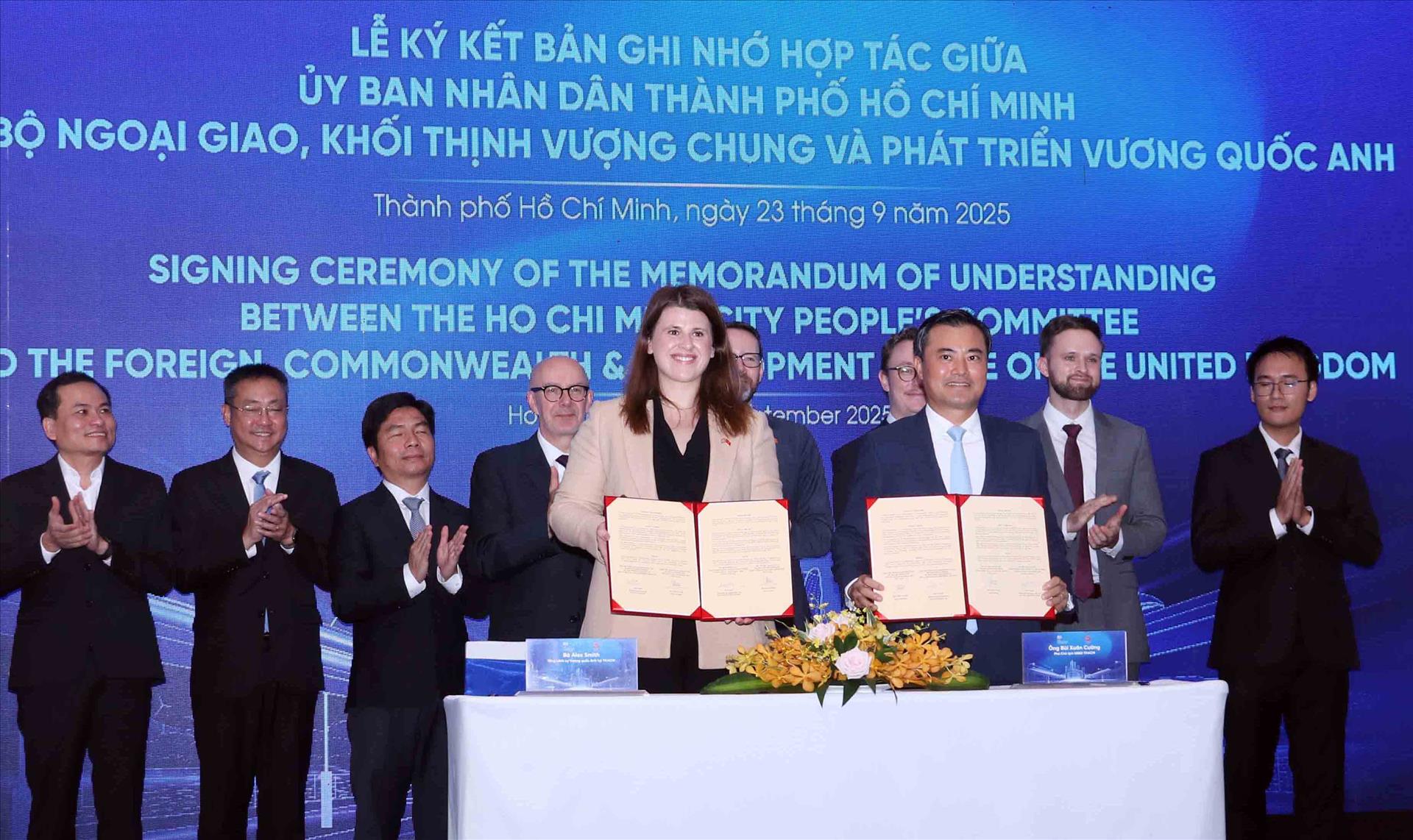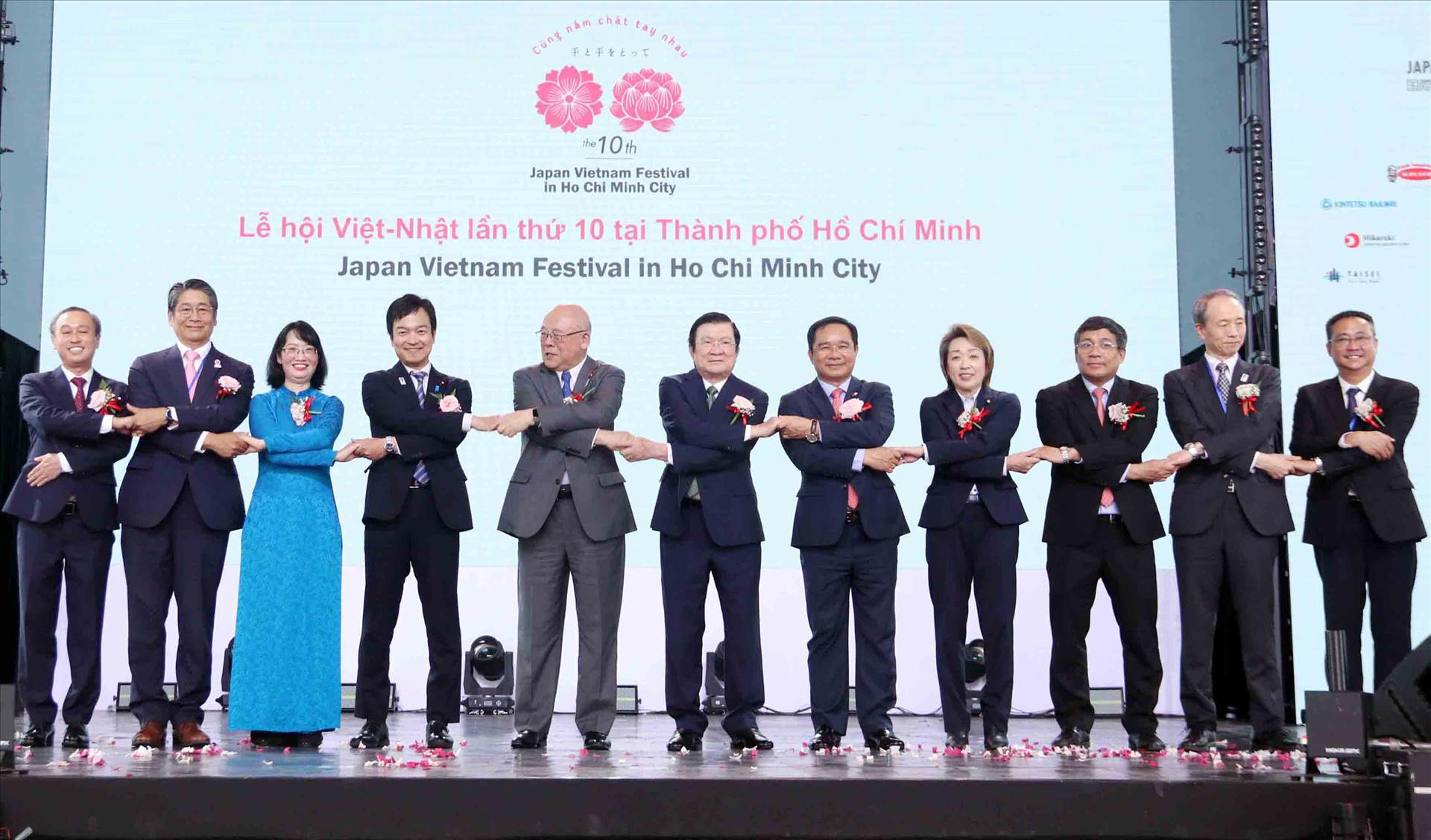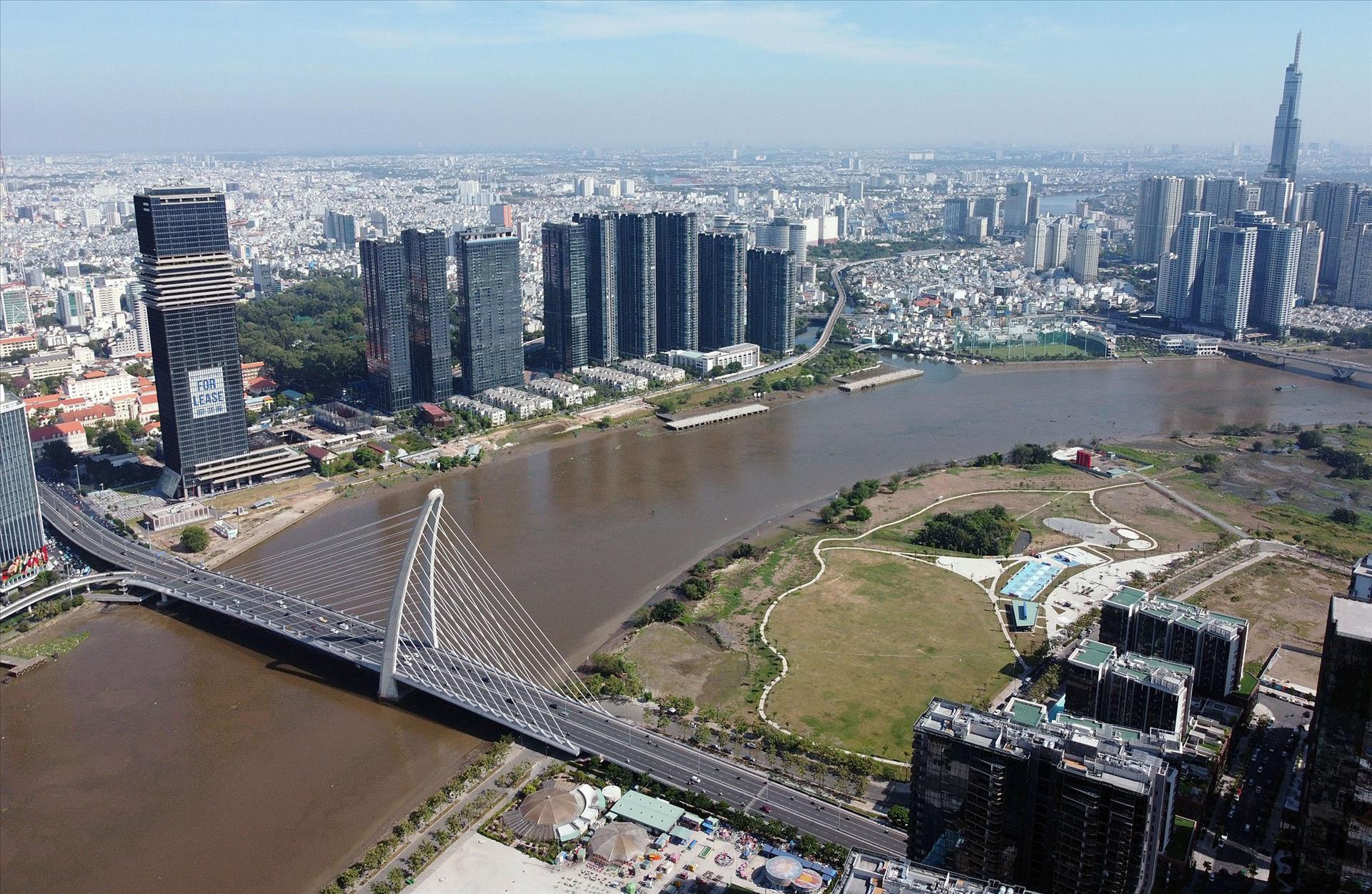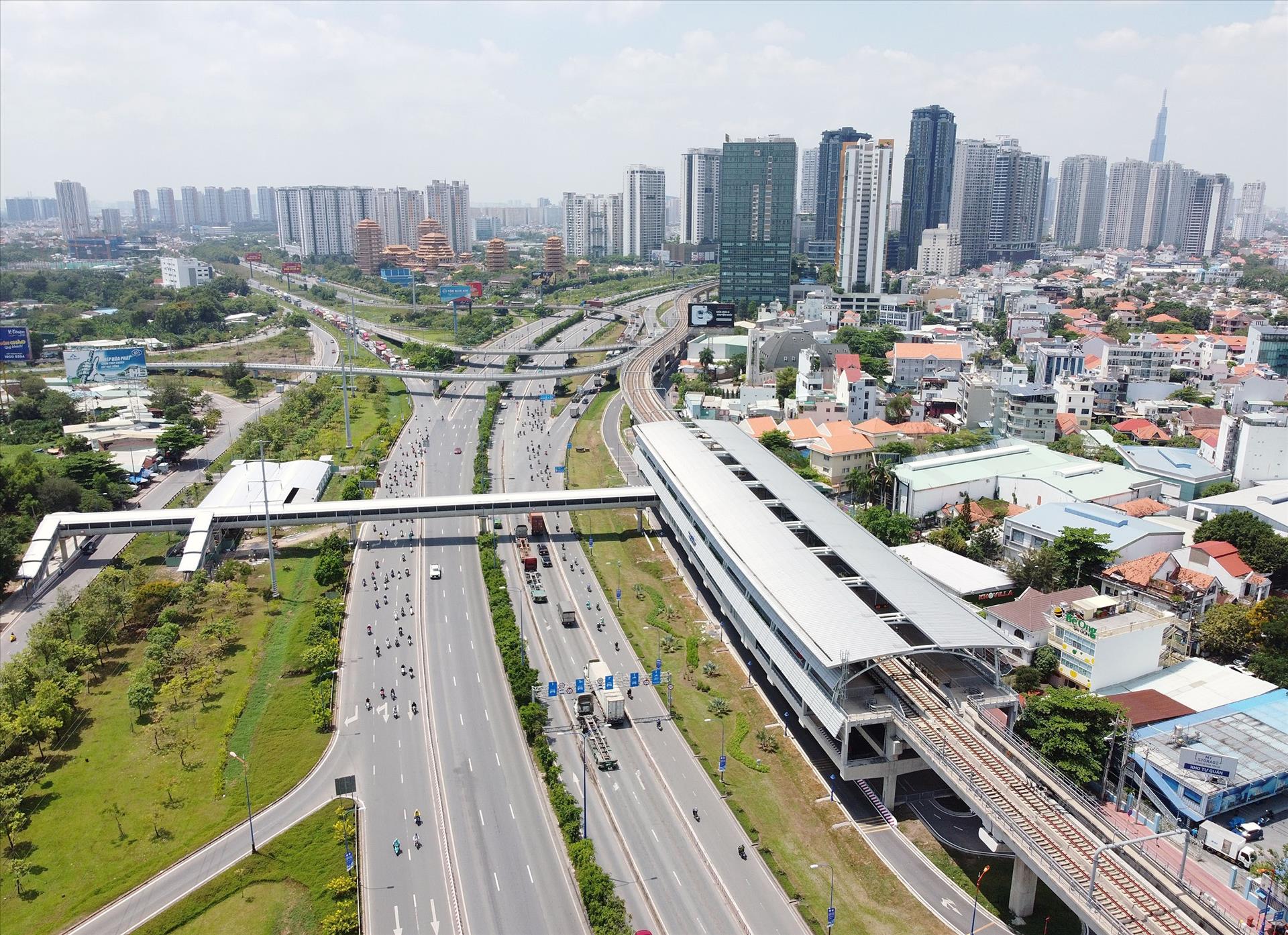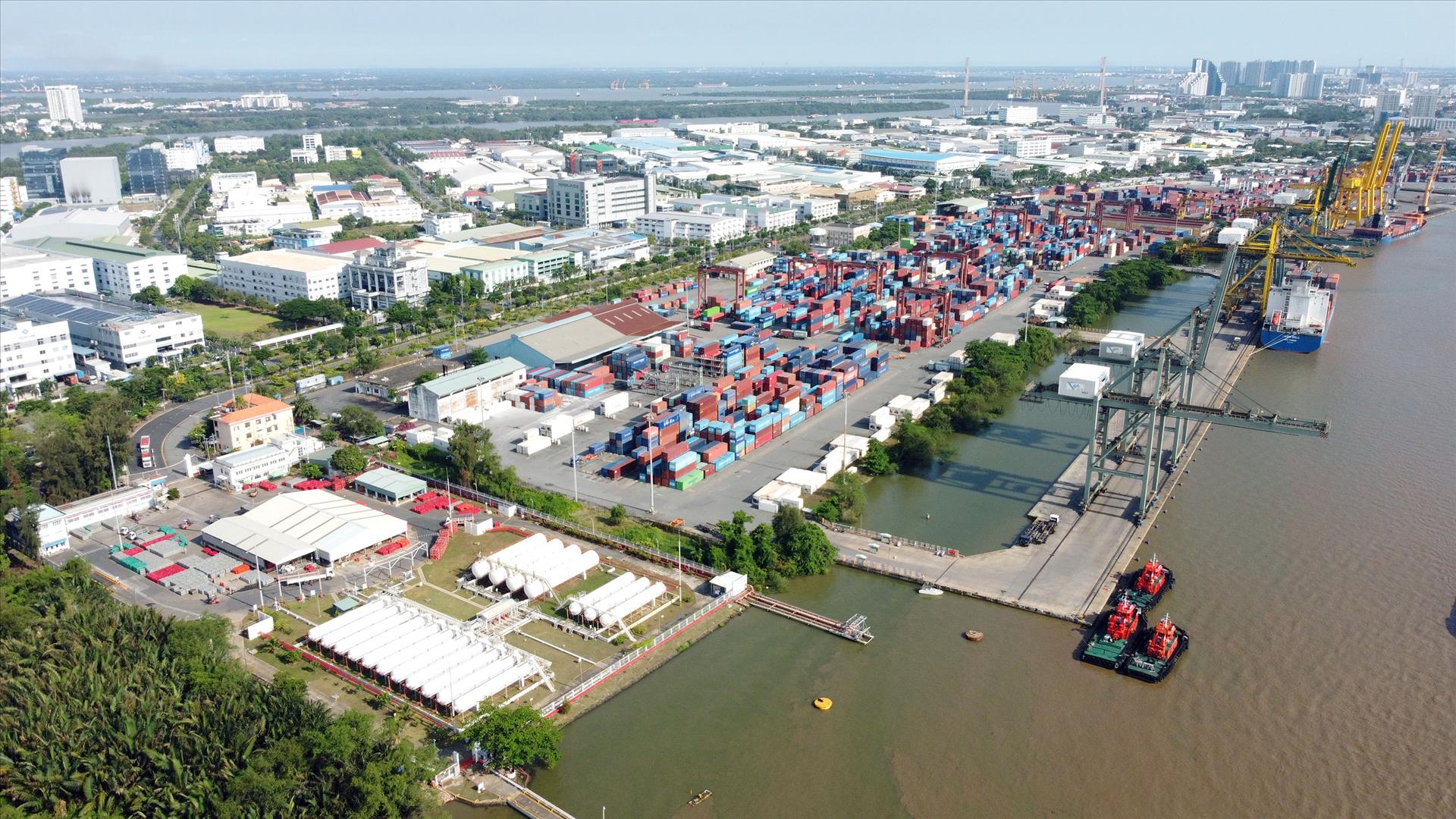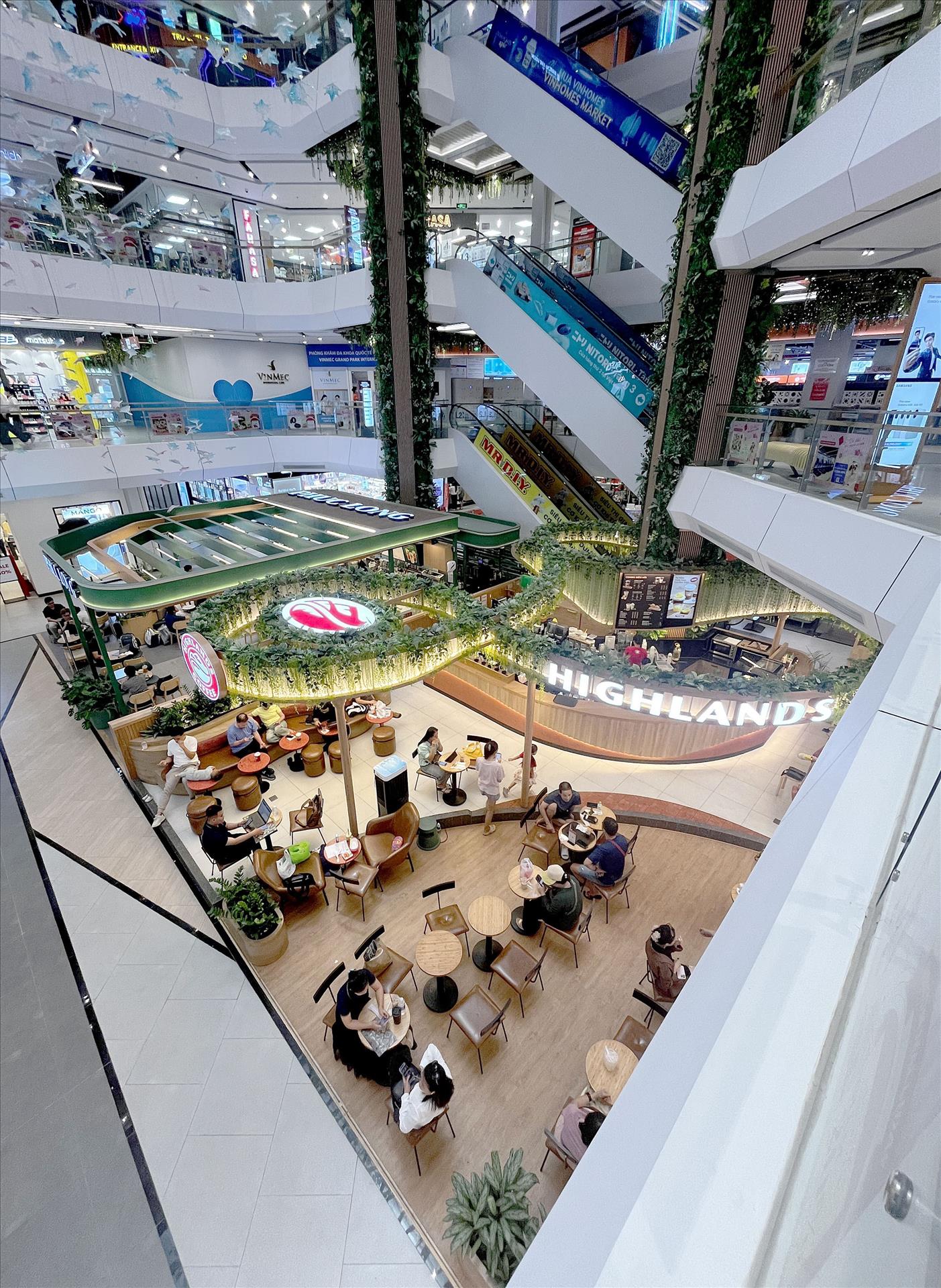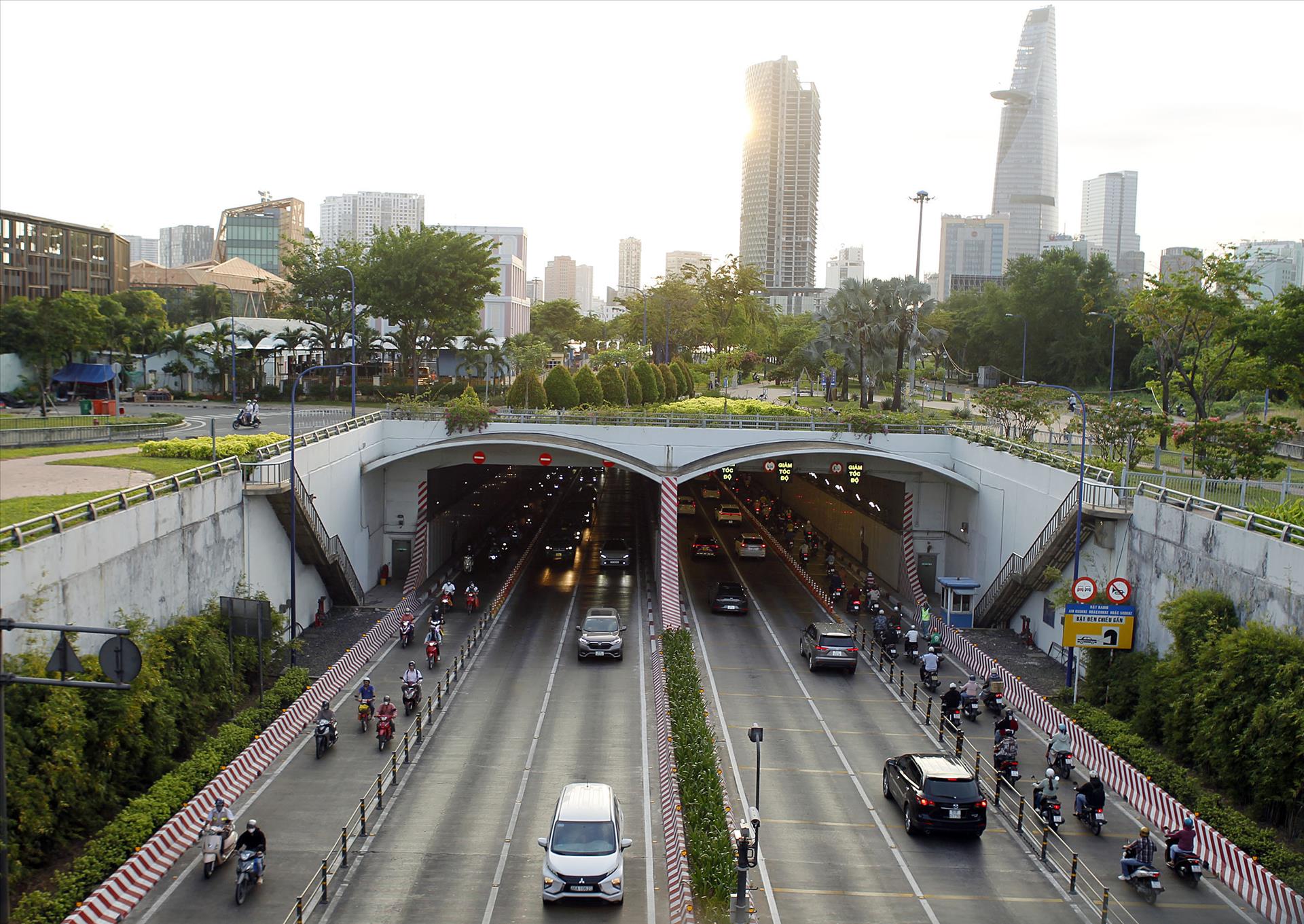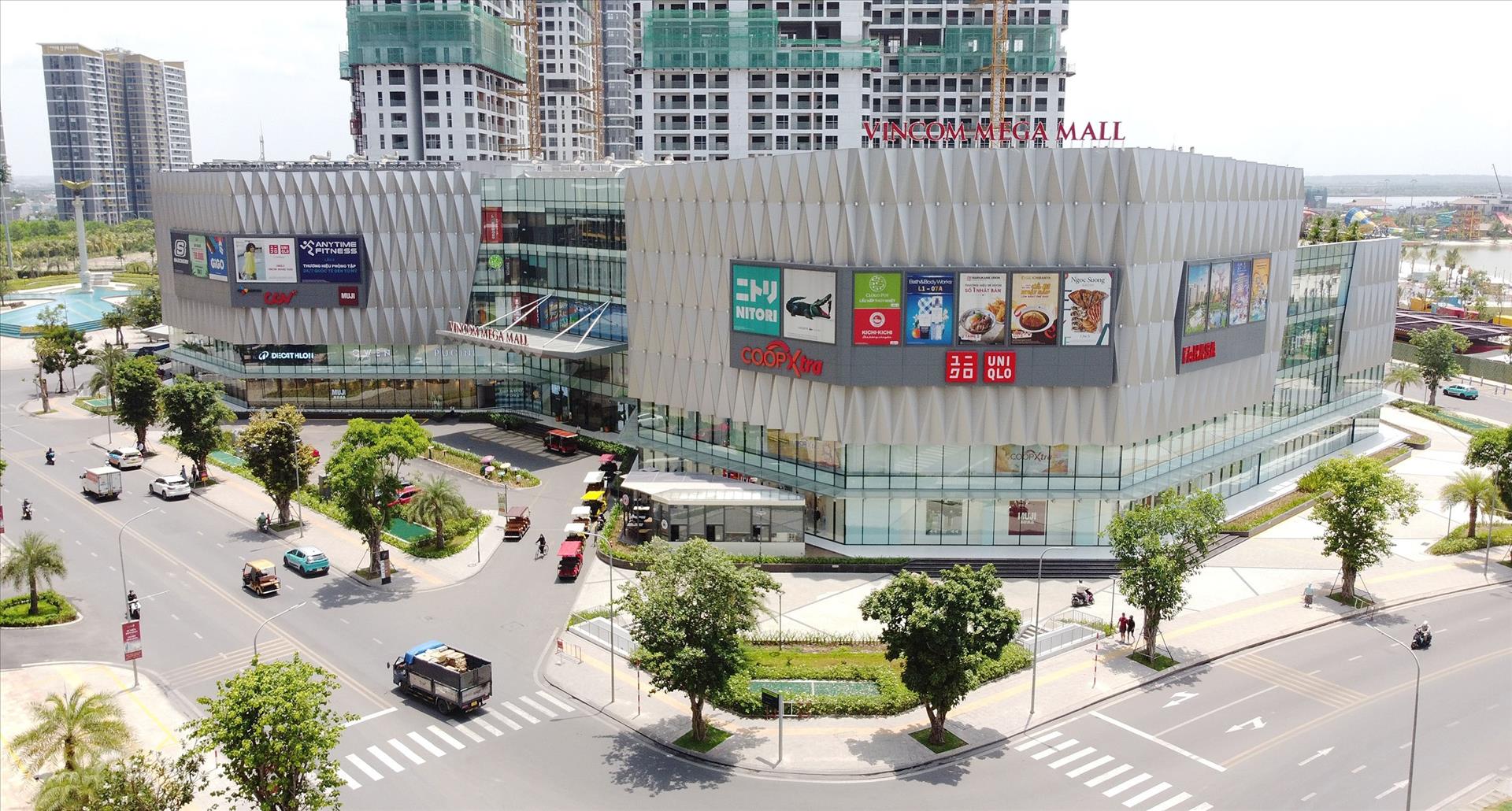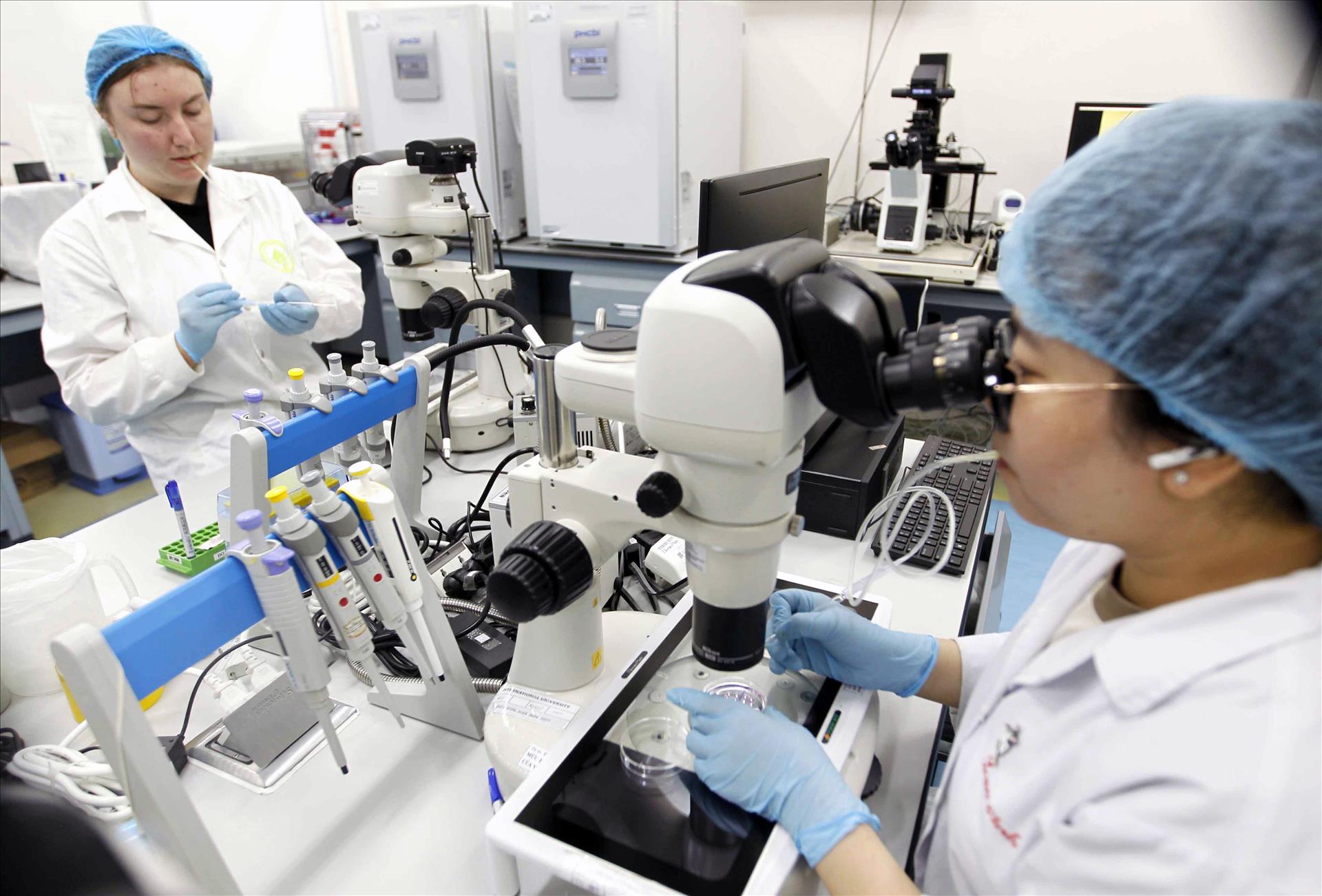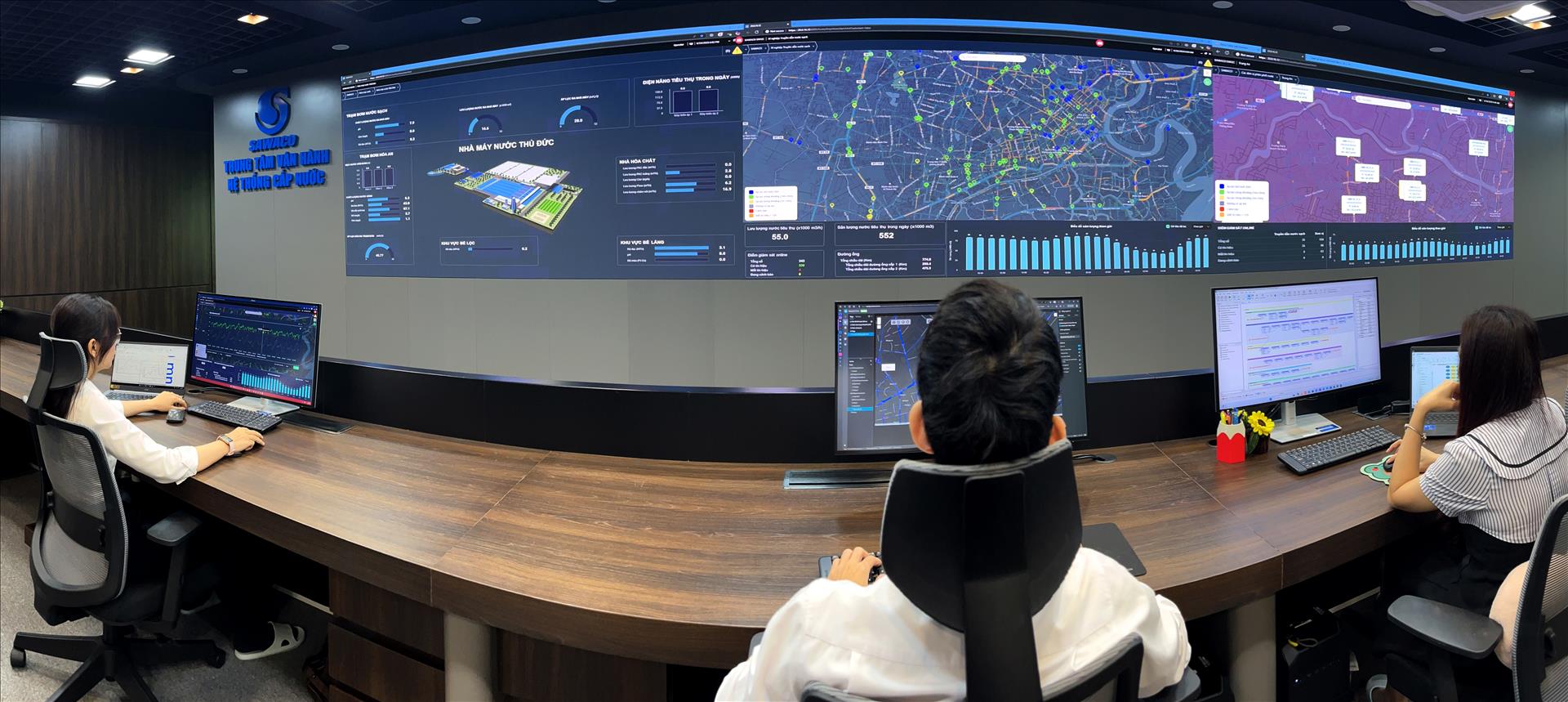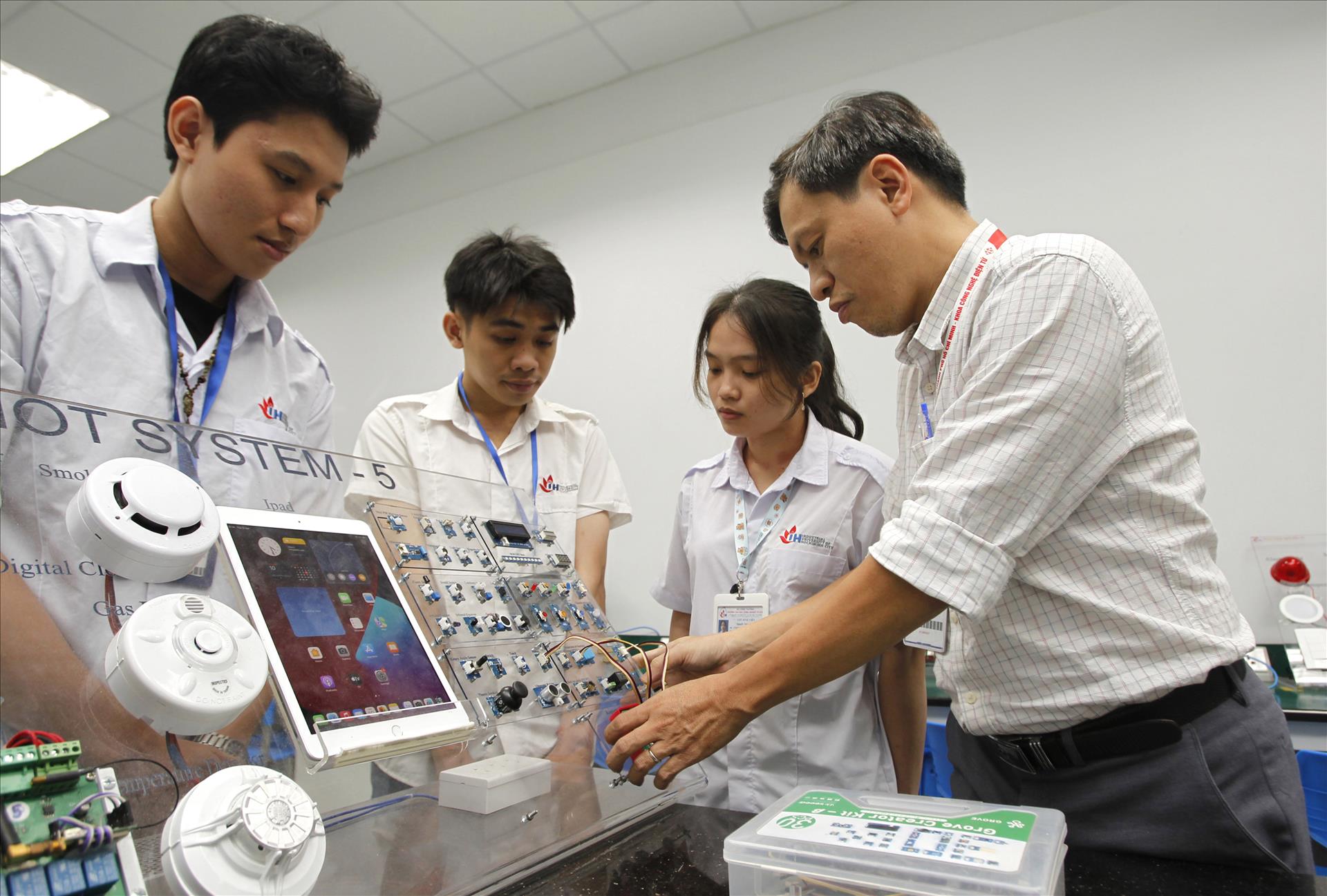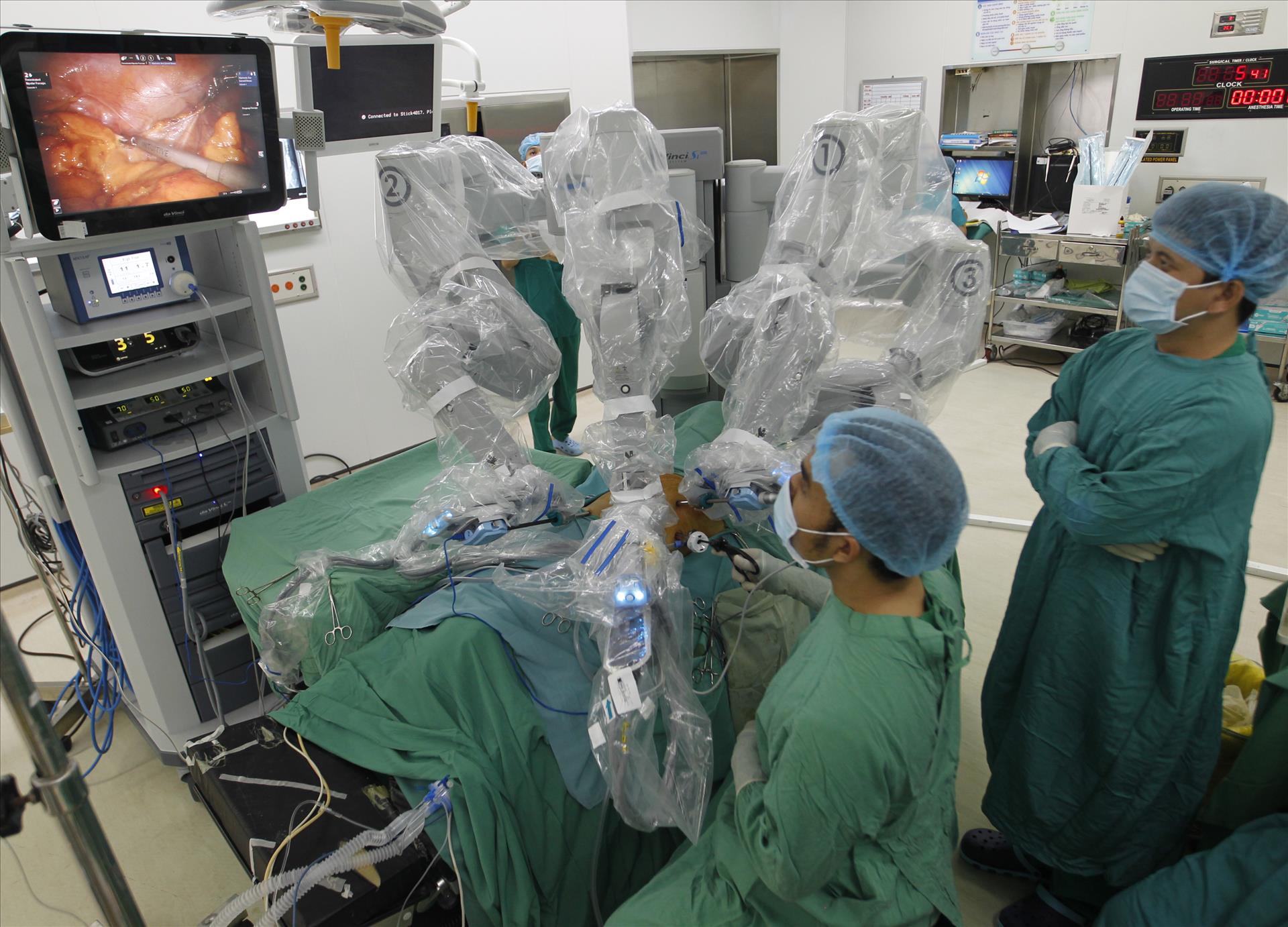Ho Chi Minh City toward a Global Megacity
Notable Achievements
Throughout the past term, Ho Chi Minh City has continued to serve as a driving force in Vietnam’s development. By 2025, its gross regional domestic product (GRDP) is projected to be 1.5 times higher than in 2020, with per capita income reaching about 8,400 US dollars, nearly 1.7 times the national average. The city contributes 26% of the nation’s total budget revenue.
The digital economy has expanded rapidly, now accounting for 25% of the city’s GRDP. In the past five years alone, nearly 225,000 new businesses have been established, representing 30% of the national total. This vibrant startup ecosystem is gaining international recognition, positioning Ho Chi Minh City among the world’s most dynamic urban centers.
At the same time, the city has expanded its urban infrastructure under a multi-centered model designed to boost regional connectivity and address the impacts of climate change. Significant investments in healthcare, education, and social services have also helped enhance the quality of life.
Following its merger with Binh Duong and Ba Ria - Vung Tau, Ho Chi Minh City’s economy is projected to reach 108 billion US dollars, representing 25% of Vietnam’s GDP. The city's average annual income reached nearly 7,800 US dollars in 2024 and is projected to climb to 8,500 US dollars by the end of 2025.
With more than 14,000 FDI projects totaling nearly 60 billion US dollars in investment, the city remains a powerful magnet in the global economic network.
Toward a Global Megacity
Looking ahead to 2025–2030, Ho Chi Minh City is charting a course to become a megacity anchored by three economic pillars: finance, high-tech industry, and the maritime economy. Home to more than 14 million people on 6,700km2 , the city is poised to emerge as one of Southeast Asia’s most dynamic hubs and aspires to rank among the world’s top 100 most livable cities by 2030, with a long-term vision extending to 2045.
Nguyen Van Duoc, Chairman of the Ho Chi Minh City People’s Committee, highlighted the city’s new vision: a “green, smart, and creative” megacity, one that is not only an economic powerhouse but also a vibrant hub of culture, arts, sports, entertainment, and modern living.
To bring this vision to life, the city is urgently reviewing, updating, and drafting a new master plan under the strategic framework of “one space - three zones - one special area”. The central zone is set to become the financial and high-tech hub, concentrating on commerce, finance, technology, and innovation. Binh Duong will serve as the industrial hub, home to large-scale manufacturing and advanced industries. Meanwhile, Ba Ria - Vung Tau will take shape as the maritime hub, specializing in international ports, logistics, and energy.
Beyond its role as an economic center, Ho Chi Minh City is striving to create a high-quality living environment where everyone has the chance to thrive. The city has pledged major investments in healthcare, education, public well-being, and youth development. At the same time, the government is prioritizing social security and working to close development gaps in different areas, particularly in newly merged regions. “No one will be left behind in the development process,” a message city leaders have consistently underscored.
With its impressive achievements and clear strategic vision, Ho Chi Minh City is charting its course toward becoming a global megacity - a vibrant convergence of economy, culture, and people that will help elevate Vietnam’s standing on the world stage./.
Story: Anh Tuan Photos: Thanh Vu & Xuan Khu/VNA Translated by Nguyen Tuoi
